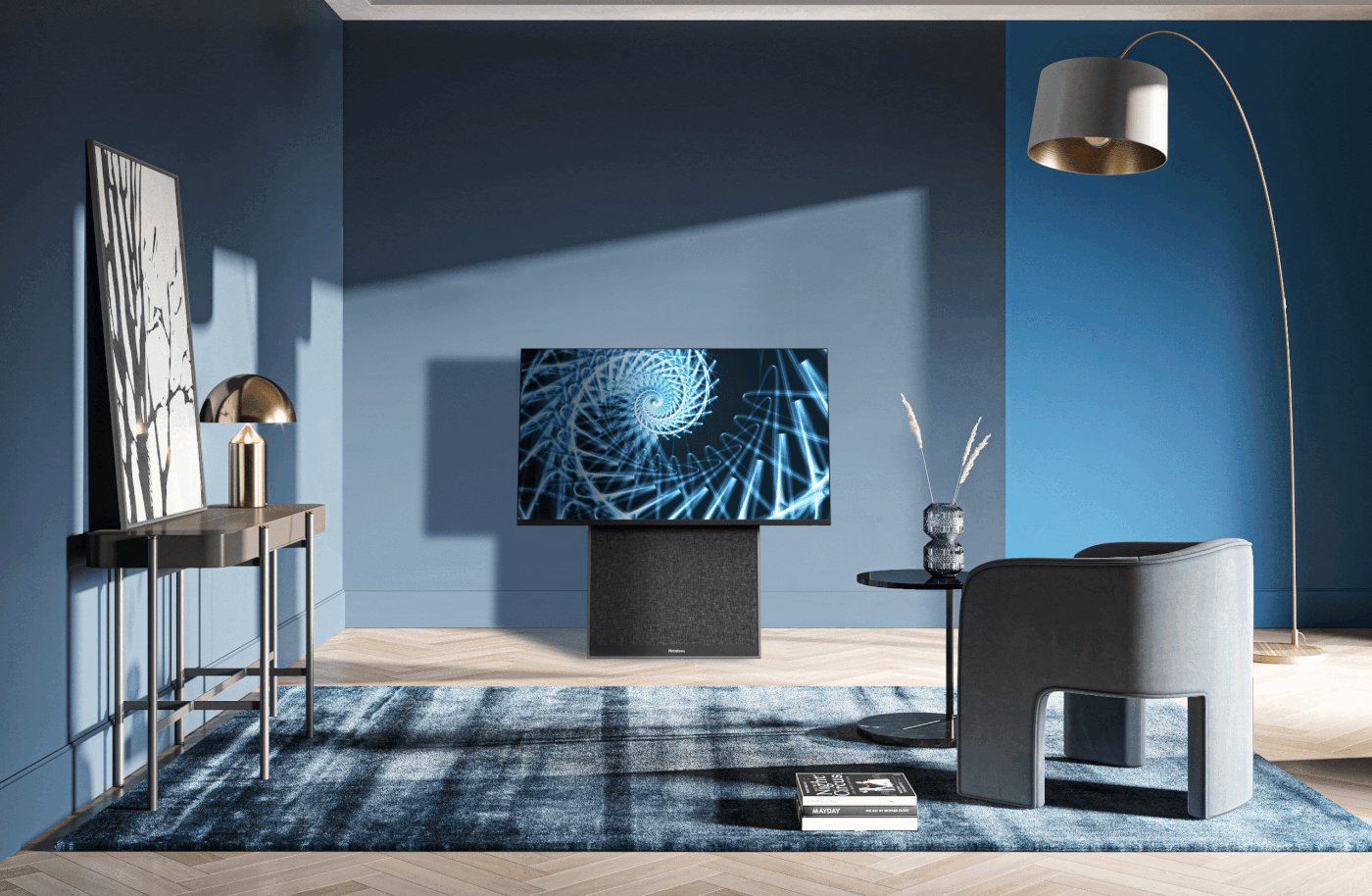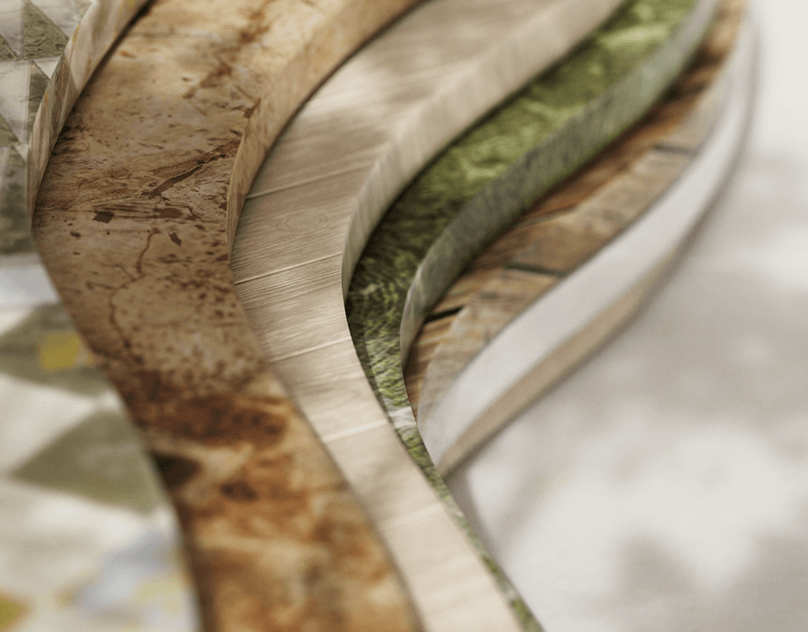
Brief
The brief of this project was to build any product inspired by a dying Indian art form but also take it to a new level by incorporating it into a modern scenario while preserving the techniques that are used by the artisans. We chose to study the wood-turned toys of Channapatna and built our 3-dimensional chess board using their techniques, tools and materials.


This particular art of Channapatna focuses on building flexible, colourful, durable, natural and child-friendly pieces. The handworks consist of beautiful wooden products shaped like toys, puzzles, keychains, wall hangings and other decorative art pieces including kitchenware. Initially, ivory wood was used to make these products whereas now rubber, teak, rosewood, sandalwood, cedar and other kinds of wood are used in the manufacture of these intricate artefacts. The style and language of these toys lean towards being rounded, small, simple and colourful, with red, yellow, green and orange being used the most. Vegetable dye is used to colour the wood to keep it natural. The main machine used in constructing these pieces is the wood turning or lathe machine.




Characteristics of Chess Board
Form of the board: The board is designed in a certain way to depict a battlefield. The depth decreases in the middle, the ends are higher. It's as though the pawns come towards the middle to fight each other. The positioning of the pawns remains the same as on any conventional chessboard, we played with its height.
Quadrants: The board has been divided into four identical parts or quadrants. The idea is that it can be arranged in different combinations. Essentially, the players have options and control over how the board could look each time they play.
Compact storage: The height of each block in each quadrant is the same, so when flipped, the negative space helps in interlocking two quadrants perfectly with one another, thus forming a cube. All four quadrants can form 2 cubes that can further be stored easily.




Characteristics of Chess Pawns
After studying the way the wood is lathed in Channapatna, we worked on rounded, symmetrical and simple ideas, heavily inspired by the toys of Channapatna for our chess pieces.
A pattern noticed in the various Channapatna toys in the market right now was the use of rings. We used this commonality in our design. It can be seen in the slides below that the importance of each piece is highlighted by the number of rings given to each piece, with 5 rings of the king’s piece being of the highest importance and reducing to 2 rings for the pawns.
Each piece’s form is simplified into what we think it can depict. For example, the king and queen’s figure is simplified into an average male and female body figure. The rook represents an elephant's form, the knight represents a horse’s form. The bishop and pawns are simplified versions of any conventional bishop and pawn piece. We painted one set of these pieces with pigmented wooden varnish to get two different colours.




Ideation and Process





















